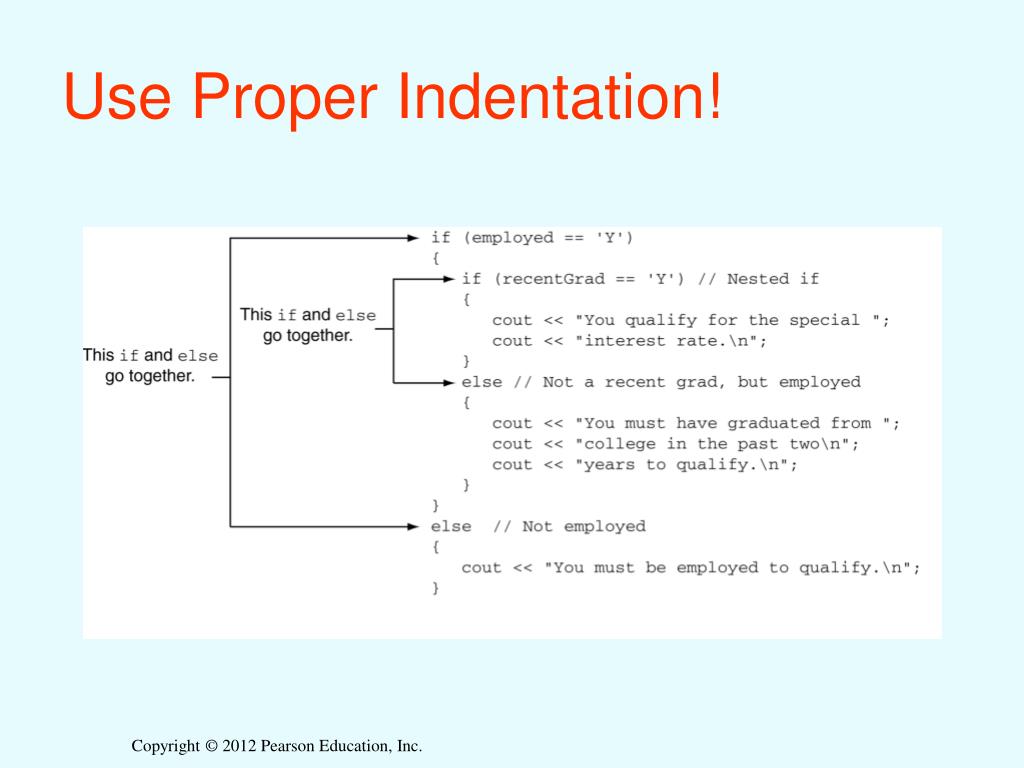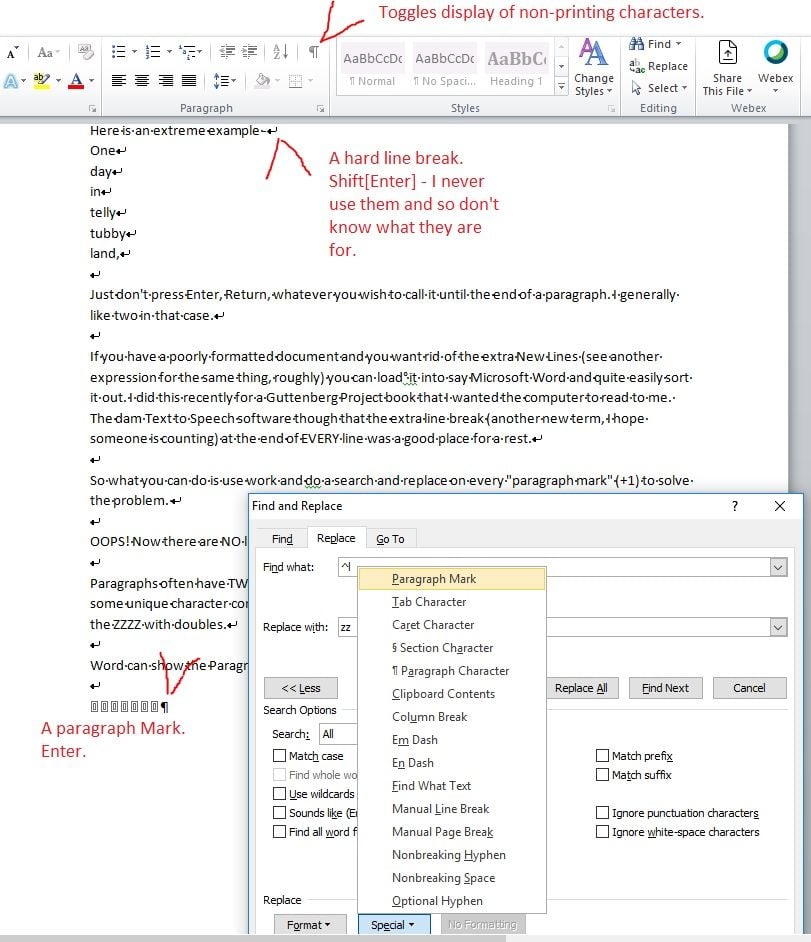

For example, Robert Bringhurst states that we should "Set opening paragraphs flush left." Bringhurst explains as follows: Professionally printed material in English typically does not indent the first paragraph, but indents those that follow. This style is very common in electronic formats, such as on the World Wide Web and email.
HTML INDENTING PARAGRAPHS PROFESSIONAL
For additional ornamentation, a hedera leaf or other symbol can be added to the inter-paragraph white space, or put in the indentation space.Ī second common modern English style is to use no indenting, but add vertical white space to create "block paragraphs." On a typewriter, a double carriage return produces a blank line for this purpose professional typesetters (or word processing software) may put in an arbitrary vertical space by adjusting leading. This style can be seen in the (handwritten) United States Constitution from 1787. Modern English typography usually indicates a new paragraph by indenting the first line. Outdenting is still used in English typography, though not commonly. This style can be seen, for example, in the original Old English manuscript of Beowulf. An initial is an oversized capital letter, sometimes outdented beyond the margin of the text. Indented paragraphs demonstrated in the US ConstitutionĪncient manuscripts also divided sentences into paragraphs with line breaks ( newline) followed by an initial at the beginning of the next paragraph. The Greek parágraphos evolved into the pilcrow (¶), which in English manuscripts in the Middle Ages can be seen inserted inline between sentences. The first way to divide sentences into groups was the original paragraphos, similar to an underscore at the beginning of the new group. Word dividers and terminal punctuation became common. Over time, text direction (left to right) became standardized.

The oldest classical British and Latin writing had little or no space between words and could be written in boustrophedon (alternating directions). Though not required by the orthographic conventions of any language with a writing system, paragraphs are a conventional means of organizing extended segments of prose. ( June 2013) ( Learn how and when to remove this template message)Ī paragraph (from Ancient Greek παράγραφος (parágraphos) 'to write beside') is a self-contained unit of discourse in writing dealing with a particular point or idea. You may improve this article, discuss the issue on the talk page, or create a new article, as appropriate.

The examples and perspective in this article may not represent a worldwide view of the subject.


 0 kommentar(er)
0 kommentar(er)
